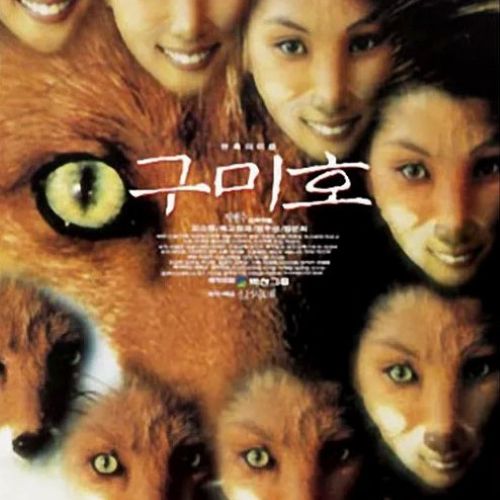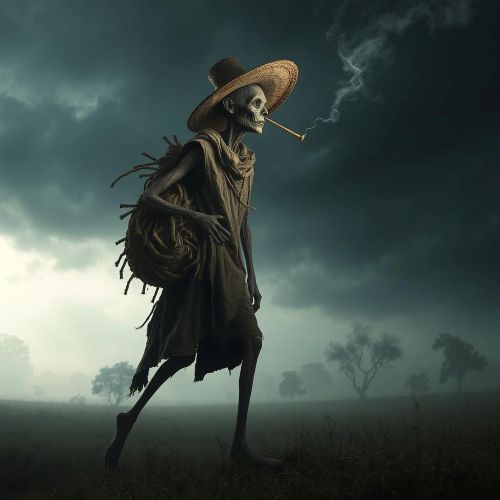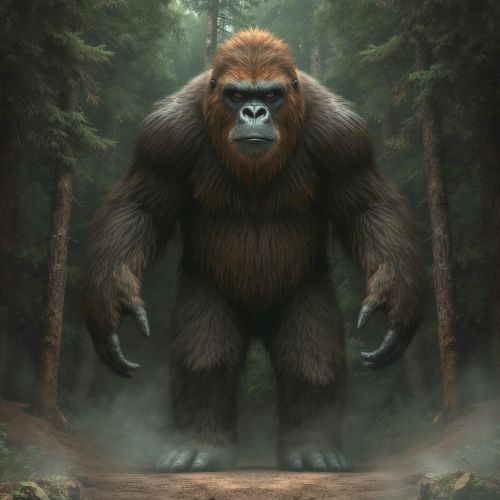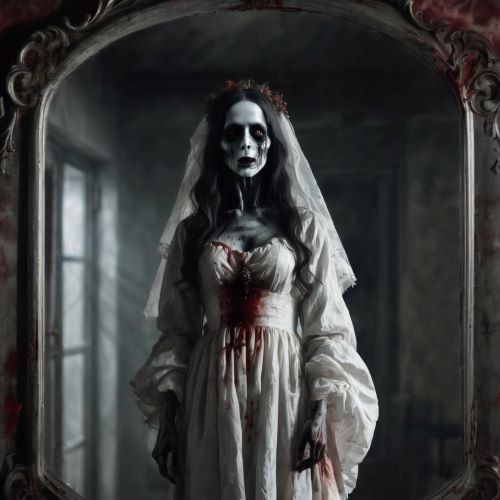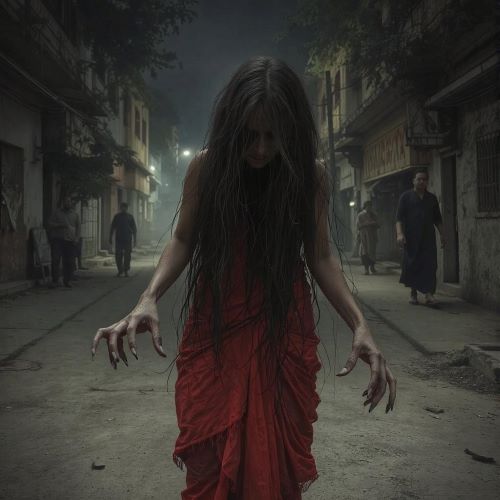Wendigo : The Terrifying Legend
| Description | |
|---|---|
| Origin | United States of America |
| Classification | Cryptid |
| Demeanour | Evil |
| Habitat | Forests |
| Status | Not Proved |

Introduction
The Wendigo is a haunting creature rooted in the legends of Algonquian-speaking Indigenous peoples of North America. It embodies the darkest aspects of winter—starvation, madness, and cannibalism. Unlike many mythical beings born from heroism or divine origin, the Wendigo represents what happens when human morality collapses under the weight of desperation. It is both a monster and a metaphor, echoing warnings about greed, spiritual imbalance, and the human cost of survival at any cost. Over generations, the myth has not only persisted but adapted, influencing modern horror and psychological theories.
Physical Attributes
The Wendigo’s appearance reflects its gruesome essence—perpetually hungry, it is described as emaciated, with withered limbs and skeletal features. Its skin is often a sickly gray, stretched tight over sharp bones, and its mouth may be bloodied or torn from constant feeding. Some depictions add grotesque elements like frostbitten extremities, glowing eyes, or antler-like horns—an artistic addition more common in modern retellings than in traditional lore.
Its massive height, sometimes said to grow with each victim, gives it a towering presence in snow-covered forests. The creature moves with uncanny speed despite its gaunt form, and its scent—a nauseating mix of rot and corruption—announces its arrival before it’s even seen.
First Sighting/Reporting
The Wendigo myth is ancient, with roots deep in the storytelling traditions of tribes like the Ojibwe, Cree, and Innu. Long before written records, stories of this malevolent being were passed down orally to instill moral values and warn of the dangers of extreme conditions. One of the earliest written references appeared in 1636 by Jesuit missionary Paul Le Jeune, who described strange tales of cannibal spirits among the Montagnais.
The 19th-century case of Swift Runner, a Cree man who murdered and consumed his family during a harsh winter and claimed possession by the Wendigo, shocked colonial authorities and lent weight to the myth. Similarly, Jack Fiddler, an Oji-Cree shaman, was arrested for killing people he claimed were transforming into Wendigos—highlighting how seriously the legend was taken among Indigenous communities.
Other Names
Depending on the region and language, the Wendigo is known by various names, each carrying unique phonetic nuances. Among the Ojibwe, it is “Wiindigoo”; the Cree call it “Wīhtikōw”; and other groups like the Naskapi and Innu have their versions such as “Witiko” or “Chenoo.”
These variations don’t just reflect dialect—they underscore how widely this fearsome figure was embedded in the collective consciousness of diverse tribes. Despite slight differences, these names point to a singular mythic archetype: a spirit driven by hunger, forever cursed by its own excess. It’s also worth noting that similar beings like the Athabaskan Wechuge parallel the Wendigo but often carry slightly different moral or cultural lessons.
Modus Operandi
The Wendigo’s behavior is as terrifying as its appearance. It is believed to roam desolate forests, especially during brutal winters when survival instincts are at their sharpest and most dangerous. The creature either possesses people, driving them to commit cannibalism, or transforms those who engage in it into Wendigos themselves. This dual nature—both as a spirit and as a physical being—makes it especially frightening.
Legends describe the Wendigo as cunning and fast, able to blend into the snowy wilderness and ambush its victims. It stalks prey silently, using its knowledge of the land to trap the desperate and lost. The creature’s hunger is never sated; with each kill, it only grows in size and desire. Traditional beliefs say that to destroy a Wendigo, one must burn its heart or use sacred rituals performed by a shaman—further reinforcing its supernatural origin.
Pop Culture References
The Wendigo has inspired a wide range of interpretations in modern media, often far removed from its Indigenous roots. Algernon Blackwood’s 1910 short story The Wendigo was among the earliest Western works to fictionalize the creature, framing it within a psychological horror context. Later, Stephen King used the idea in Pet Sematary, and Marvel Comics created a recurring monster character based on the legend.
In video games like Until Dawn and Fallout 76, the Wendigo appears as a grotesque predator, while in films such as Ravenous and Antlers, it symbolizes insatiable hunger and transformation. While these portrayals have made the Wendigo a recognizable figure in horror and fantasy, they often oversimplify or distort its deeper cultural meanings.
Indigenous activists and creators continue to call for more accurate representations that acknowledge the Wendigo’s spiritual and moral significance rather than reducing it to just another scary monster.
Current Status
Today, the Wendigo remains a powerful metaphor in discussions about consumerism, colonialism, and environmental destruction. Among Indigenous communities, the legend still holds moral weight—warning against losing one’s humanity in pursuit of survival or excess. The term “Wendigo economics” has been used by some activists to critique systems of unchecked consumption and exploitation, showing how the myth has adapted to contemporary struggles.
In psychiatric circles, the idea of “Wendigo psychosis”—where an individual is consumed by the desire to eat human flesh—was once taken seriously, particularly in mid-20th-century case studies. However, most modern psychologists now view it skeptically, noting the lack of consistent evidence and the risk of cultural misunderstanding.
More importantly, Indigenous voices are reclaiming the Wendigo narrative, ensuring it’s not just a horror trope but a lens into the values, fears, and teachings of Native cultures. Through literature, podcasts, art, and education, the Wendigo continues to evolve—not just as a fearsome spirit, but as a story still being told.
Source
Contributors to Wikimedia projects. (n.d.). Wendigo – Wikipedia. https://en.wikipedia.org/wiki/Wendigo
Wendigo | Description, Legend, Creature, Until Dawn, & Facts. (2025). https://www.britannica.com/topic/wendigo
Maria Mohsin. (2020). Legend of the Wendigo | The Business Standard. https://www.tbsnews.net/splash/legend-wendigo-44773
Sharon Brandwein. (2022). Sleep Myths: The Wendigo – Sleepopolis. https://sleepopolis.com/education/sleep-myths-the-wendigo/
Kaitlin Smith. (2021). More Than Monsters: The Deeper Significance of Wendigo Stories. https://www.facinghistory.org/ideas-week/more-monsters-deeper-significance-wendigo-stories





